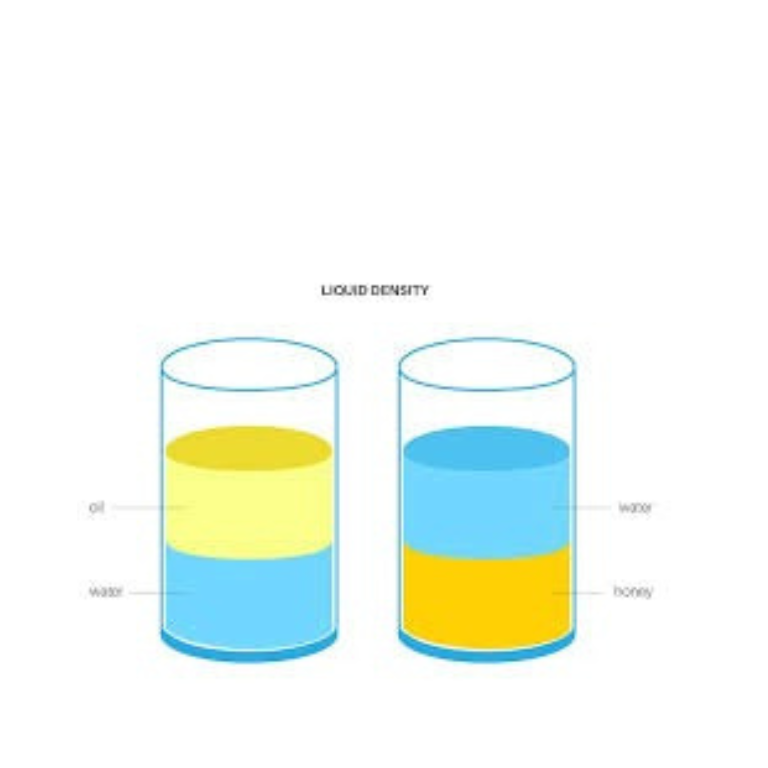Qualitative Analysis
Cation and Anion Identification Tests
Perform chemical tests to identify cations and anions in unknown salts. Observe color changes, precipitates, and gas evolution to determine the ions present in the sample.
Unknown Salt
Dil. HCl
Conc. H₂SO₄
NaOH
NH₄OH
AgNO₃
Test 1
Test 2
Test 3
Observations:
Select a test to perform on the unknown salt sample.
Qualitative Analysis Principles
Key Concepts:
Qualitative analysis involves identifying cations and anions present in a substance through systematic chemical tests:
- Cations are identified through precipitation reactions, flame tests, and complex formation
- Anions are identified through gas evolution tests and precipitation reactions
- Each ion has characteristic reactions that serve as identification tests
Common Tests:
Some standard tests in qualitative analysis:
- Carbonate (CO₃²⁻): Effervescence with acid (CO₂ gas)
- Chloride (Cl⁻): White precipitate with AgNO₃ (soluble in NH₄OH)
- Iron (Fe²⁺): Green precipitate with NaOH turning brown on standing
- Iron (Fe³⁺): Red-brown precipitate with NaOH
Systematic Analysis:
The process typically follows these steps:
- Preliminary tests (physical characteristics, heating, flame test)
- Tests for anions (group-wise elimination)
- Tests for cations (group separation and identification)
- Confirmatory tests for specific ions


